Unleashing the Power of Artificial Intelligence (AI) for Engineering, Procurement & Construction
AI (Artificial Intelligence) is based on the idea of creating machines that can help humans and assist them in complex work that consumes a lot of time. It involves developing algorithms, computer programs, and systems that can process and analyze large amounts of data, learn from that data, and make decisions based on that learning.
The precise threshold for what counts as artificial intelligence is subject to interpretation. While people tend to use the term AI to describe machines completing tasks once performed primarily by humans, the reference point has shifted, as the domains of machines and humans increasingly overlap. In what is known as the ‘AI effect,’ humans discount the ‘real intelligence’ with decision-making for a task, once a machine has successfully performed it.
Organizations that are not traditional tech companies, like those in the EPC industry, are finding value with artificial intelligence and machine learning.
Bechtel, for example, is leveraging artificial intelligence to evaluate project data to better understand schedule correlations, as well as improve its prediction capabilities.
According to a study by Deloitte, companies that use AI in procurement can reduce costs by up to 40%. It can also help in managing the supply chain, such as optimizing inventory and improving supplier relationships.
Every project is unique, and one can leverage AI to improve on time project completion.
Human-in-the-loop solutions can range its focus from automation to augmentation. It is with the latter, ‘augmented intelligence’, in which the most dramatic impacts can be seen. AI can process billions of data points and synthesize the most significant possibilities, optimizing productivity, while enhancing project timeline.
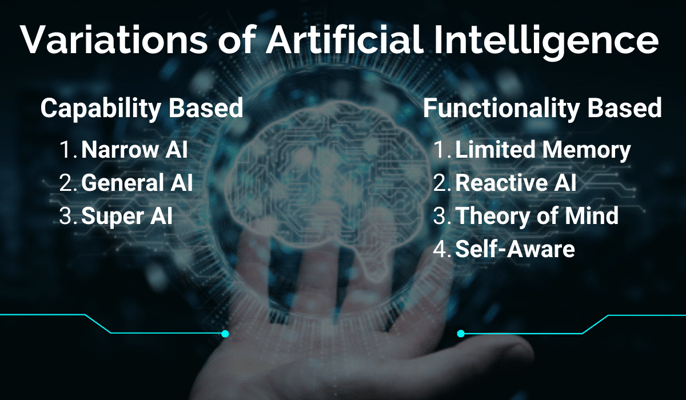
Capabilities Based Artificial Intelligence
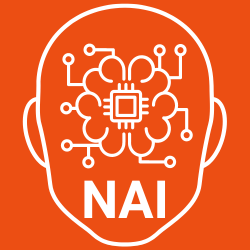 Narrow Artificial Intelligence
Narrow Artificial Intelligence
Narrow AI, also called weak AI or artificial narrow intelligence (ANI), is a specific type of AI, in which a learning algorithm is designed to perform a single task, and any knowledge gained from performing that task will not automatically be applied to other tasks. They can accomplish such tasks with human-like limited capability.
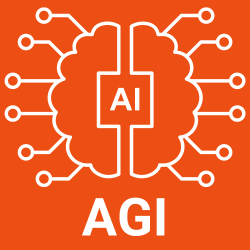 General Artificial Intelligence
General Artificial Intelligence
Also known as artificial general intelligence (AGI), general AI is a type of AI that can learn and perceive like a human being. General AI enables machines to apply knowledge and skills in different contexts. AGI differs from narrow AI in the sense that the latter isn’t intended to have general cognitive abilities.
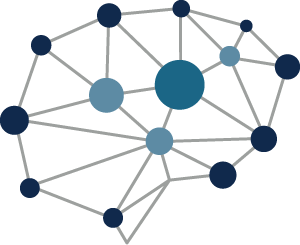 Super Artificial Intelligence
Super Artificial Intelligence
Super AI is an AI that eclipses human intelligence. This AI will be able to accomplish tasks better than humans. With super AI, AI becomes so human-like that it doesn’t only understand humans, but evokes its own desires and beliefs by thinking, solving puzzles, and making decisions & judgments on its own.
Functionality Based Artificial Intelligence
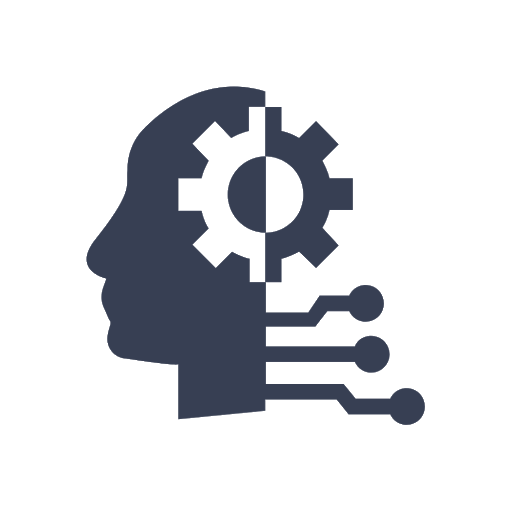 Limited Memory
Limited Memory
This type of AI has the ability to absorb or store learning data and improve over time based on experience. This type of AI uses stored data to make better predictions. However, it is called limited memory AI because it cannot create detailed libraries of its experience.Self-driving cars are prominent examples of machines that use limited memory AI.
 Reactive AI
Reactive AI
Reactive AI (machines) are the oldest form of AI, and they have limited capacities. These machines don’t have memory-based functionality. Therefore, reactive machines lack the ability to make decisions based on previous experience. Essentially, they only work with present data and cannot learn, limiting their future performance.
 Theory Of Mind
Theory Of Mind
The first two types of AI are already available. The last two are concepts or works in progress. Theory of mind refers to an AI that has a deep understanding of the entities in an environment, including humans. Such AI is expected to be able to discern the emotions, beliefs, and thought processes of entities surrounding it.
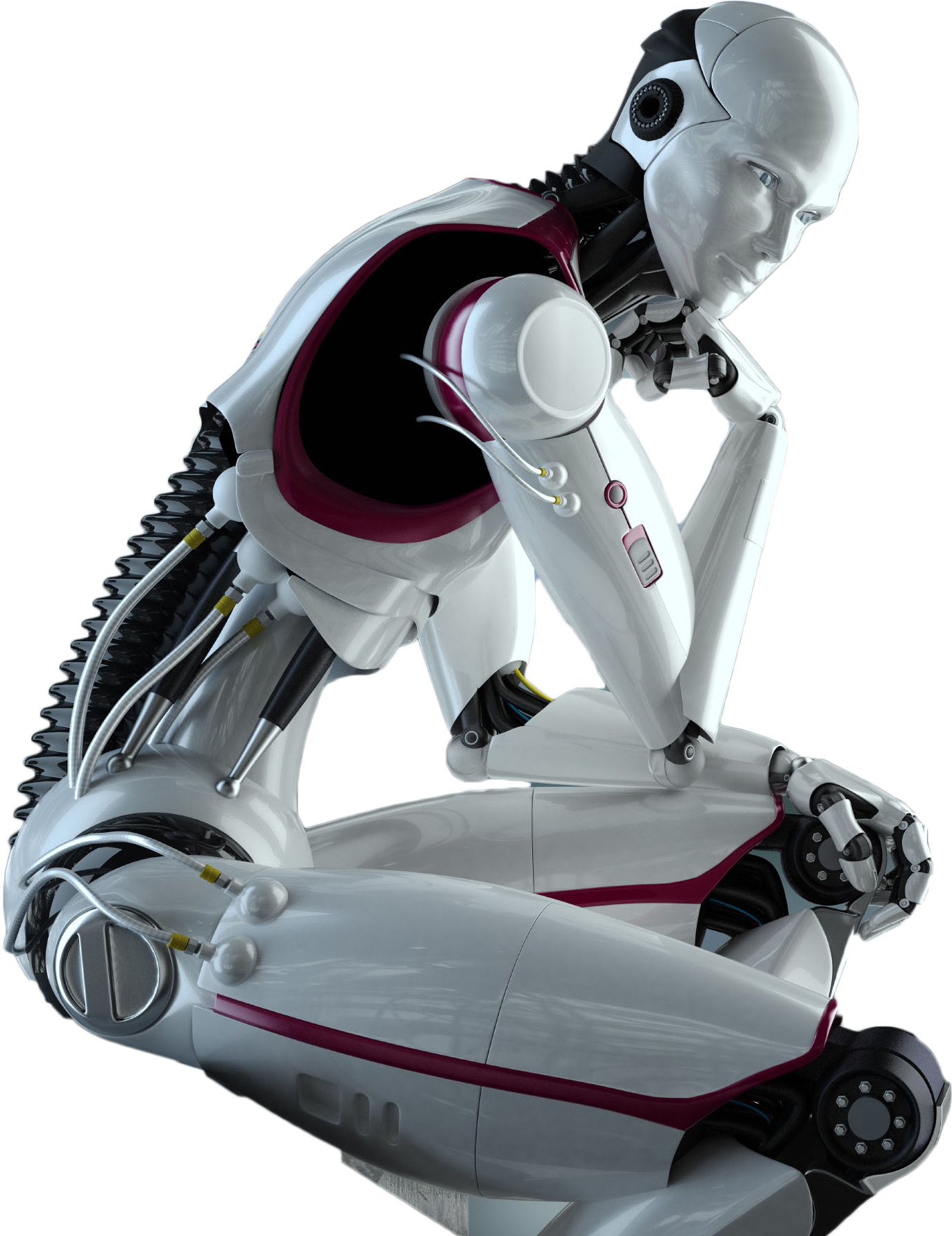 Self Aware
Self Aware
This is a hypothetical stage of artificial intelligence where AI can finally match the depth and sophistication of the human brain. Self-aware AI won’t just be able to understand emotions. It will have its own emotions and beliefs.
Automation | Augmentation | Support
AI models can easily learn routine tasks that follow consistent patterns, on which they can be trained using historical data. Yet other types of tasks or problems require an understanding of the context of the situation or the ability to apply common sense reasoning to solve a problem. In these situations, AI models can struggle because of their inability to extend beyond the specific task for which they are trained or to understand the broader context of everyday situations.
Therefore, the use cases for AI systems fall into three categories, (that are often confused):
Automation: Completely replicate human decision-making and actions with technology.
A basic example of this is assembly machines in factories. These production lines run seamlessly without the need for human intervention.
Augmentation: Semi-automates decision-making by using prescriptive analytics, and if needed predictive analytics, to recommend a decision.
An example of this, spell check features like Grammarly. Instead of replacing the need of a writer, it suggests revisions that could be made to a word or sentence structure.
Support: Leaves the decision-making completely to humans, but supported by descriptive, diagnostic or predictive analytics.
One of the best examples being GPS. A GPS will help plan the fastest route between two points by analyzing all possible options.
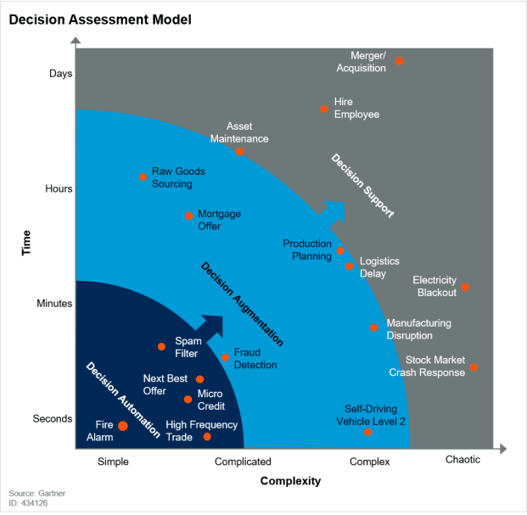
Combining the criteria of time and complexity results in Gartner’s “decision assessment model,” which allows the positioning of each decision type (see Figure above), including illustrative decision type examples. The model also indicates where decision automation, augmentation, or support are most appropriate and feasible.
This is most appropriate when the decision time is shorter than minutes or must happen in “business real time,” defined by Gartner as 15 minutes or shorter. Automation is only feasible when the complexity of the decision-making situation is simple or complicated, but not complex or chaotic, leveraging the availability of explicit decision models or straight forward decision logic.
 Decision Augmentation
Decision Augmentation
This is most appropriate when decision-making doesn’t need to happen in mere seconds but still within a range from minutes to hours, or is too complicated or complex to fully automate. Human decision makers are augmented to shorten their decision-making time to improve the quality of their decisions. However, for unforeseen and dynamic situations, augmentation hardly makes sense.
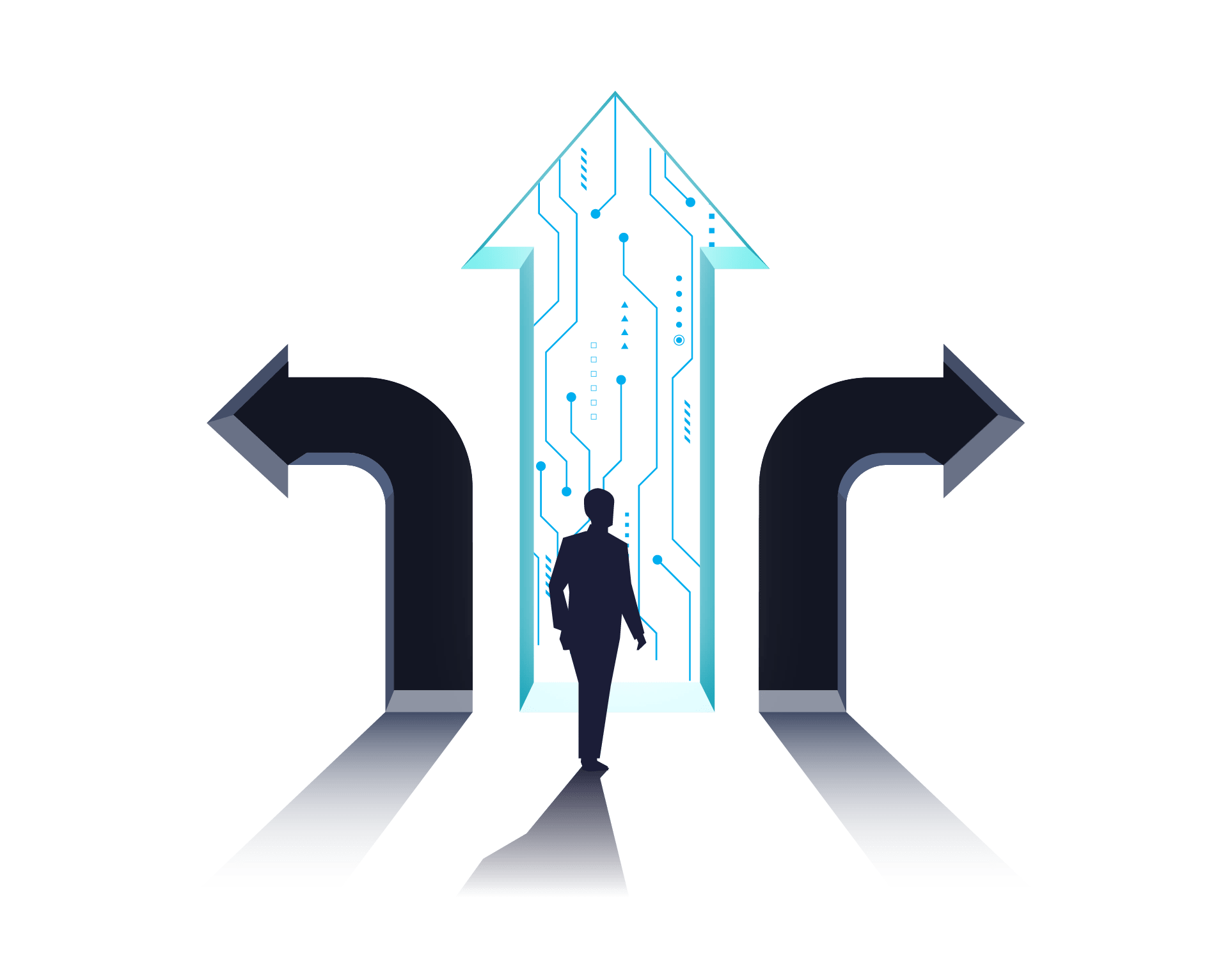 Decision Support
Decision Support
This is appropriate when decision-making isn’t too much time-constrained or should not happen in business real time. When the decision context is very complex or even chaotic, collecting, integrating, curating and visualizing data may still be helpful, although human decision makers need to complement this with their own judgment and non-automated information availability.
Putting it in simpler form, augmenting involves providing information to humans so that they can make faster and better decisions, while automation involves the machine making decisions without human intervention.
Mintmesh's AI Decision Framework
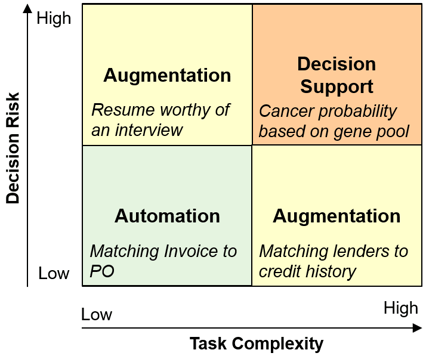
To make things simpler & easy to implement, Mintmesh has come with its AI decision-making framework.
The two variables emphasized on are
-
What is the complexity of the task that you want to automate or augment?
-
What is the risk of the decision that comes out of that task. Would the decision be a high-risk decision or a low risk decision?
With these criteria in mind, we can establish a clear plan for implementing AI according to your preferences
Automate – Low Task Complexity with Low (Risk) Decision-Making
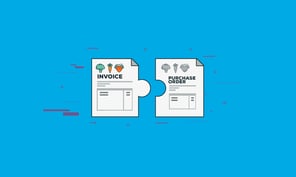 A prime illustration of this concept is the matching of invoices to purchase orders (POs). This is a multi-step process, which includes receiving and extracting data from the invoice, validating it against the corresponding PO, cross-checking various parameters, and resolving any discrepancies.
A prime illustration of this concept is the matching of invoices to purchase orders (POs). This is a multi-step process, which includes receiving and extracting data from the invoice, validating it against the corresponding PO, cross-checking various parameters, and resolving any discrepancies.
Manual invoice processing and PO matching can be arduous, time-consuming, and resource-intensive, particularly in larger-scale business operations. However, by leveraging AI-enabled data processing, relevant information from invoices, POs, and other financial documents can be automatically extracted and processed in a manner that emulates human cognition, such as flagging errors, raising exceptions, or approving transactions.
Decision Support – High Task Complexity with High (Risk) Decision-Making
The healthcare industry represents one of the most significant use cases for this scenario.
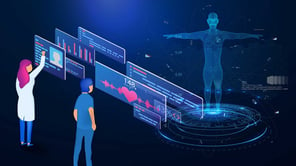 AI-powered decision support systems can process vast amounts of data to provide suggestions that enhance the diagnosis, treatment, and prognosis of specific medical conditions by predicting the likelihood of a medical outcome or the risk of a particular disease.
AI-powered decision support systems can process vast amounts of data to provide suggestions that enhance the diagnosis, treatment, and prognosis of specific medical conditions by predicting the likelihood of a medical outcome or the risk of a particular disease.
These systems can analyze data from past, present, and new patients to identify safety concerns, errors, or areas for improving care pathways. Their high level of accuracy and precision enables the development of novel approaches for optimizing patient care.
In our blog post titled "Human in the loop AI solution for augmented decision-making,” we emphasize the importance of greater transparency in decision-making. By involving human input, the rationale behind AI-generated decisions can be more readily understood, explained, and scrutinized if necessary.
Augmentation
Using prescriptive or predictive analytics, the system recommends a decision or multiple decision alternatives to human actors. Its advantages stem from the synergy of human knowledge and AI's ability to rapidly analyze large amounts of data and deal with complexity.
Low Task Complexity with High (Risk) Decision-Making
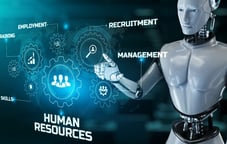 The primary use case for this scenario is in HR. When an executive is tasked with reviewing a large number of applications (e.g., 200 or more) to determine which ones to accept or reject, they can leverage AI to identify a subset of 25 to 30 candidates who meet their specific requirements and may warrant further personal evaluation.
The primary use case for this scenario is in HR. When an executive is tasked with reviewing a large number of applications (e.g., 200 or more) to determine which ones to accept or reject, they can leverage AI to identify a subset of 25 to 30 candidates who meet their specific requirements and may warrant further personal evaluation.
High Task Complexity with Low (Risk) Decision-Making
This scenario is prevalent in the banking sector, where it is necessary to match lenders with their credit history. Artificial intelligence facilitates the automated identification and profiling of these lenders. Predefined profiles can be used to classify and characterize them. By analyzing this data, it becomes possible to predict the patterns and behaviors of their credit history.
credit history. Artificial intelligence facilitates the automated identification and profiling of these lenders. Predefined profiles can be used to classify and characterize them. By analyzing this data, it becomes possible to predict the patterns and behaviors of their credit history.
Jump Start your Efforts with A Free Assessment
Having a strategic vision for where you’re going next can be a challenge. Just saying AI or digital transformation doesn’t make it happen. And making an investment doesn’t mean you’ll automatically capture its full value.
Sustained outcomes happen when you bring together a strategy clearly linked to value and differentiating capabilities, with an operating model that will support your strategy — one that is people-led and tech-empowered.
Are you curious on where you are, or what might you do differently on your journey towards digital transformation?
Click on the link and fill out a small questionnaire, and we will send you a customized report to you deciphering the black box of transformation and strategies that would assist you to catapult your success rate
Industry Voice
According to a report by MarketsandMarkets, the global AI in the construction market is expected to grow from $407 million in 2018 to $1.8 billion by 2024
 According to a report by McKinsey, companies that adopt AI and ML in the construction industry can improve productivity by 50% and reduce project timelines by 20%
According to a report by McKinsey, companies that adopt AI and ML in the construction industry can improve productivity by 50% and reduce project timelines by 20%
 According to a study by the World Economic Forum, AI and ML can help the construction industry save $1.6 trillion by 2030
According to a study by the World Economic Forum, AI and ML can help the construction industry save $1.6 trillion by 2030
AI Resources
E-book | Artificial Intelligence
Tackling data security challenges with artificial intelligence
Blog post | Artificial Intelligence
A Human in the Loop AI Solution for Augmented Decision-Making
Webinar Series | Making AI Understandable: Demystifying the black box
An umbrella series decoding the uses and application of AI


